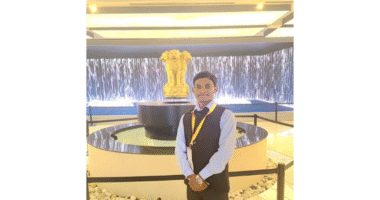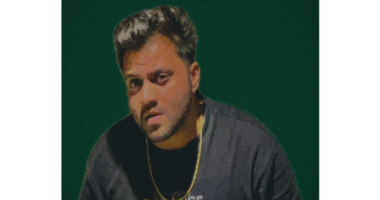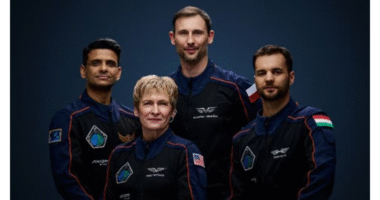Manu the Magician of Magical Painter and Frames Photography has emerged as a visionary storyteller in the world of folklore-based cinema, blending mystical realism with deep-rooted spiritual themes. His first film, The Clay, explored the fragile threshold between death and rebirth through the haunting tale of a dancer whose final performance becomes a ritual of transformation. The film, steeped in symbolic imagery, used the motif of clay as both grave and cradle — the place where bodies return and souls are reshaped. With poetic visuals and meditative pacing, The Clay introduced Manu not only as a filmmaker but as a seeker, using the camera as a tool of metaphysical inquiry.
His second film, Daivathar, delved even deeper into the realm of the sacred and the wild. Set in an untouched forest where a living deity resides in ecstatic possession, Daivathar captured the raw collision of human vulnerability and divine fury. Blending ritual, trance, and nature’s fury into breathtaking magical frames, Manu portrayed a reality where gods still walk among us—if only we remember how to see. With this work, he was hailed as a master of mystical realism, capable of making the invisible world pulse on screen with a surreal, almost sacred rhythm.
Now, Manu is preparing for his most legendary and personal creation: The Last Magician. This film will mark a powerful turning point—not only in his trilogy but in his artistic journey—as he steps fully into the roles of writer, cinematographer, and director. For the first time, Manu becomes both the creator and the subject of his vision. The Last Magician is said to explore the myth of the disappearing storyteller—the one who carries all the rituals, dances, and gods within him, only to vanish into his final magical frame. It promises to be not just a film, but a living spell—where cinema becomes ceremony, and The last Magician becomes a legendary art .









